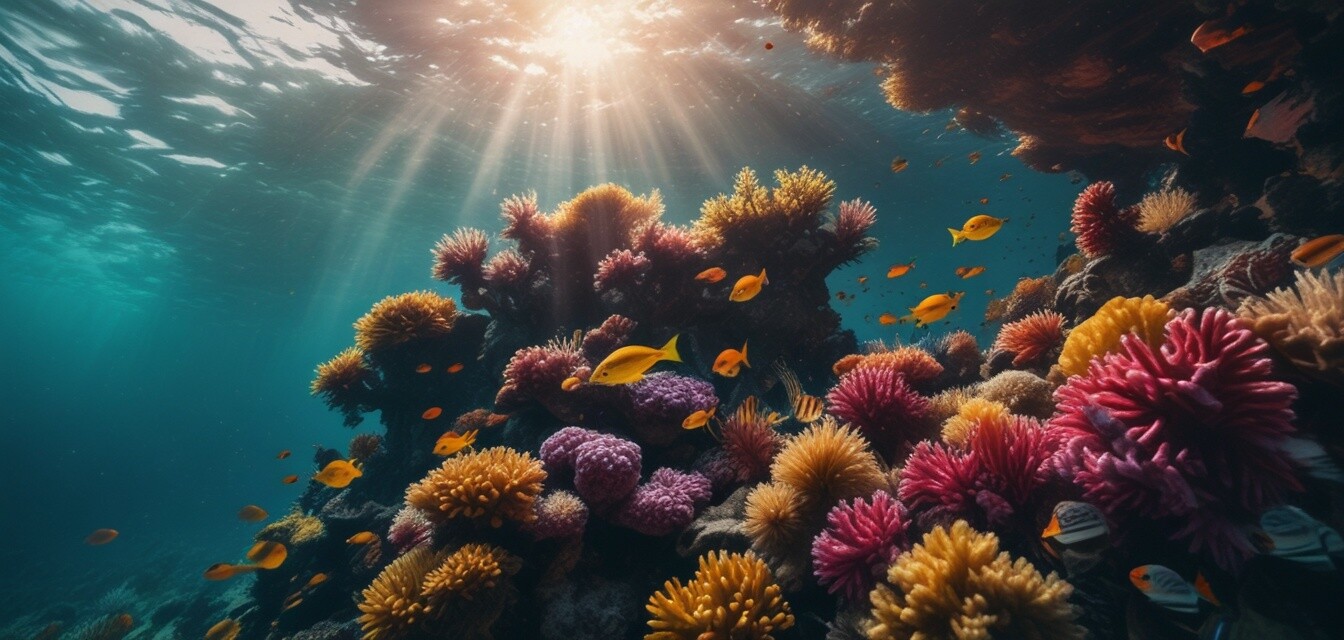
Shooting Underwater Video: Tips for Success
Key Takeaways
- Invest in quality underwater camera gear.
- Understand lighting and composition techniques for the underwater environment.
- Familiarize yourself with camera settings for optimal results.
- Practice steady shooting to achieve smooth footage.
- Consider environmental factors when planning your shots.
Capturing stunning underwater videos requires expertise, creativity, and the right equipment. With a wealth of vibrant marine life and captivating landscapes beneath the waves, the opportunities for breathtaking footage are endless. Whether you’re a beginner or an experienced videographer, this article will provide you with essential tips to enhance your underwater video shooting skills.
Essential equipment for underwater video
When it comes to shooting underwater video, having the right equipment is crucial. Here’s a list of the key gear you need:
- Underwater camera (specifically designed for underwater use)
- Waterproof housing for your regular camera
- Stabilization gear (like gimbals or handheld stabilizers)
- Lighting equipment for low-light conditions
- Extra batteries and memory cards
Choosing the right underwater camera
Choosing the right underwater camera can make a significant difference in the quality of your footage. Here are some factors to consider:
| Camera Type | Best For | Price Range |
|---|---|---|
| Action Cameras | Adventurers, casual users | $$ |
| DSLRs | Professionals, detailed footage | $$$$ |
| Compact Cameras | Travelers, everyday videographers | $$$ |
Understanding lighting and composition
Underwater conditions can be challenging due to low light and color absorption. Here are some tips for working with lighting and composition:
Lighting Tips
- Use artificial lights to add vibrancy.
- Shoot during the daytime when sunlight can penetrate deeper.
- Avoid pointing your light directly at subjects; instead, create a soft illumination.
Composition Techniques
- Follow the rule of thirds for balanced framing.
- Include foreground elements for depth.
- Experiment with angles and perspectives to add interest.
Camera settings for underwater video
Adjusting the right camera settings is essential for capturing high-quality underwater footage. Consider the following:
| Setting | Recommended Value | Details |
|---|---|---|
| ISO | 100-400 | Lower values reduce noise. |
| Aperture | f/4 - f/8 | Wider apertures allow more light. |
| Shutter Speed | 1/60 or faster | To avoid motion blur. |
Stabilization techniques
Shooting underwater can lead to shaky footage due to currents or movements. Here’s how to stabilize your shots:
- Use a stabilizing rig or gimbal.
- Shoot in a slow and controlled manner.
- Practice floating or kneeling to minimize movement.
Planning your underwater shoots
When planning your underwater videos, consider the following factors to ensure success:
- Location: Choose places with rich marine biodiversity.
- Timing: Plan your shoot during optimal light conditions.
- Weather: Check weather forecasts to avoid poor visibility.
- Safety: Always be aware of currents and your surroundings.
Pros
- Creates stunning, immersive visuals.
- Allows for creative storytelling opportunities.
- Enhances understanding of marine ecosystems.
Cons
- Requires significant investment in specialized equipment.
- Can be physically demanding and requires training.
- Not all locations are safe or accessible.
Conclusion
Capturing breathtaking underwater videos is an exhilarating journey filled with challenges and rewards. By investing in high-quality gear, mastering camera techniques, and planning carefully, you can create stunning video footage that showcases the beauty of the underwater world. For more tips on improving your photography skills, check out our Tips and Techniques category, and explore our products in Underwater Cameras to find the right gear for your adventures.

